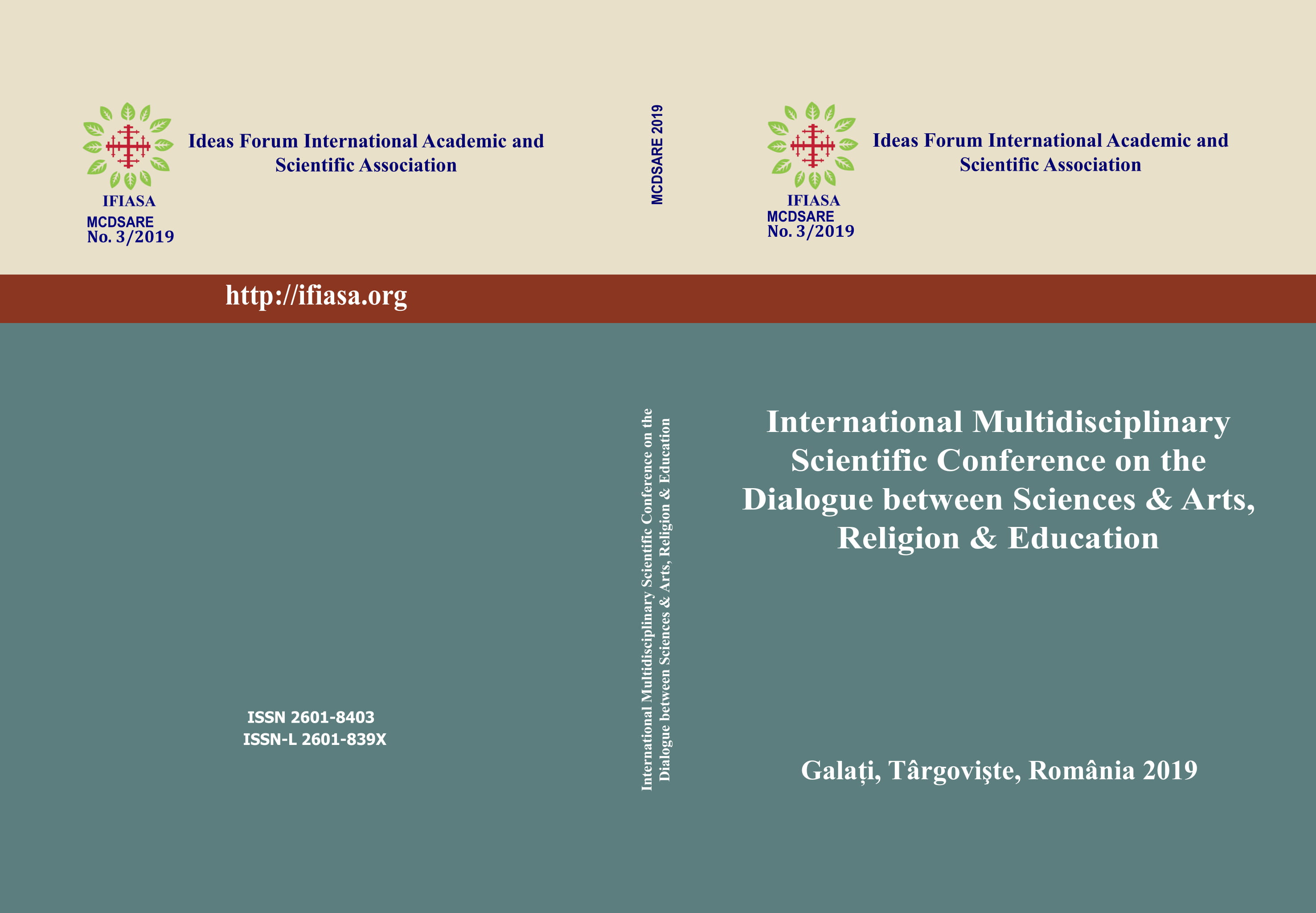DISCOURSE ANALYSIS IN SOCIAL MEDIA
DISCOURSE ANALYSIS IN SOCIAL MEDIA
Author(s): Delia Andreea OpreaSubject(s): Social Sciences, Communication studies
Published by: Ideas Forum International Academic and Scientific Association
Keywords: social media; discourse; Facebook, YouTube; critical discourse analysis;
Summary/Abstract: Texts, language, communication should always be considered in their social context. Texts do not merelypassively report upon the world, but they imbue it with meaning, shape perspectives and call the worldinto being. The relationship between text and ideology, and between the author and reader, appears tohave changed because of the opportunities of public communication that have been extended by socialmedia applications such as Twitter, Facebook, and blogs. Is also clear that new methods are required fordata collection, as content takes new forms, and forms of design, images, and data has to be integratedwith language much more in online than in offline. We use the term social media to refer to “Internetbased applications that build on the ideological and technological foundations of Web 2.0”, where Web2.0 means that “content and applications are no longer created and published by individuals, but insteadare continuously modified by all users in a participatory and collaborative fashion” (Kaplan & Haenlein,2010). The aim of our research is to take into discussion different ways of approaching discourse analysisin this new online environment. Despite the large variety of platforms, some characteristics are commonto many of them. Even if processes and structures of the public are subjects to change, the forms ofdiscourse may be one of common points. Whilst the perspective on the system is one important aspect,another aspect is the perspective on the users who create the content. So, the three steps of the discoursehave to be considered: production, form and reception. We try to seek out new models that are required toaddress how the technologies themselves come to shape the nature of content and discourse.
- Issue Year: 3/2019
- Issue No: 3
- Page Range: 315-320
- Page Count: 6
- Language: English

